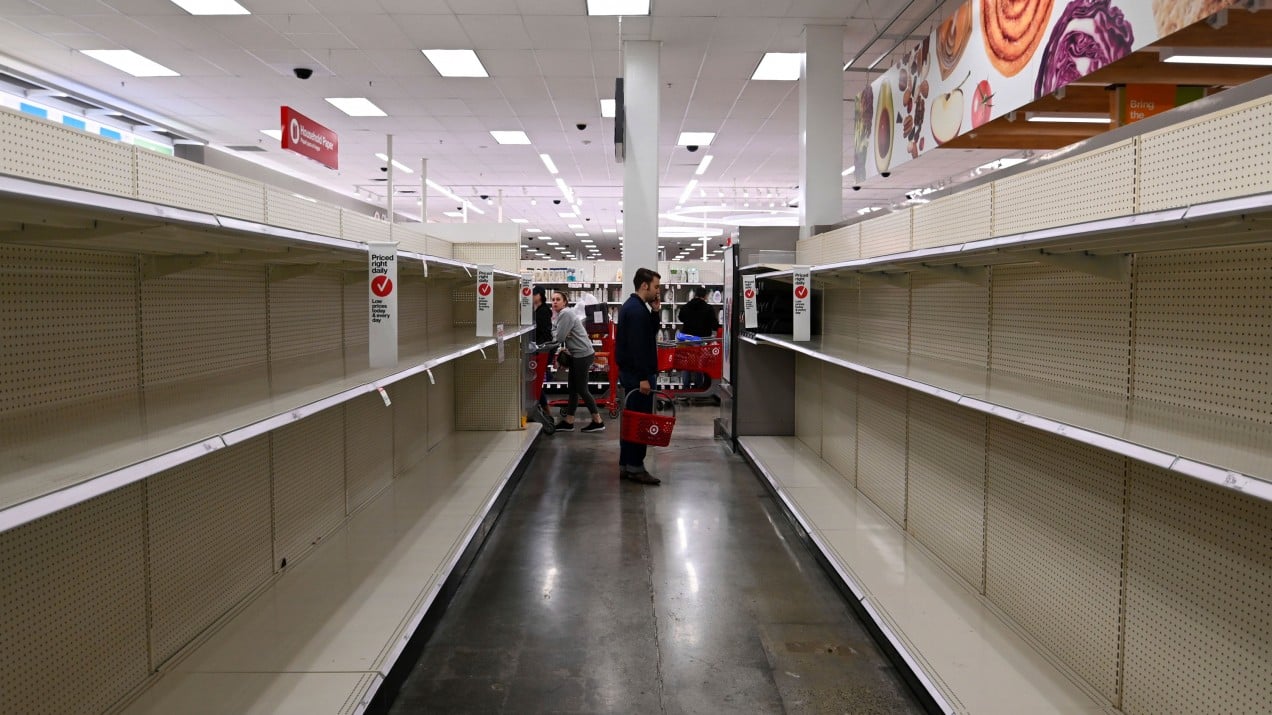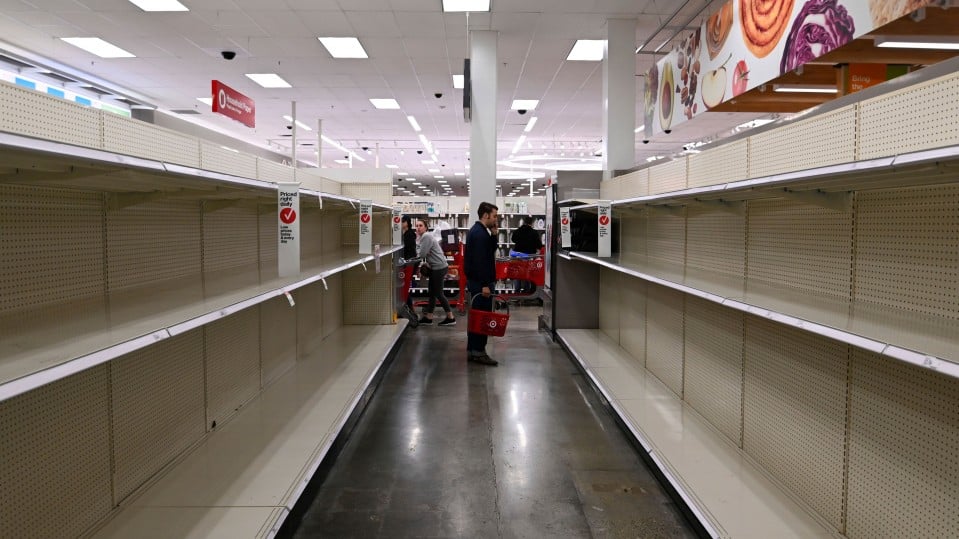

Tech Policy
Worst-case coronavirus scenario: 214 million Americans infected, 1.7 million dead
The worst-case figures are what would happen if no action is taken to slow the virus, which spreads person to person.

Disease modelers at the US Centers for Disease Control and Prevention project that as much as 65% of the American population could eventually be infected by the new coronavirus, according to the New York Times.
The models: According to the report, the CDC shared its models with 50 expert teams, all working to estimate how fast the virus will spread and how severe the cases of flu-like illness it causes will be.
The worst-case figures reflect what would happen if no action is taken to slow the virus, which spreads from person to person. If this transmission is unchecked, each person with the virus could infect about two to three others, causing the contagion to grow.
You can read all of our coverage of the coronavirus/Covid-19 outbreak for free, and also sign up for our coronavirus newsletter. But please consider subscribing to support our nonprofit journalism.
According the Times, the CDC projected that 2.4 million to 21 million people in the US could end up in the hospital, overwhelming emergency wards and ICUs. The number of deaths in some models ranged from 200,000 to 1.7 million. The fatality rate of the virus is estimated as high as 3.5% by the World Health Organization.
By comparison, about 30,000 people die of the flu each year in the US.
The coronavirus began spreading late last year in China, and cases have been found in more than 100 countries so far.
Interventions: To slow the spread of the virus, the primary tool accessible to the public at large is social distancing. Conferences and meetings are being called off, and schools have closed. The NBA canceled the rest of its season. In Italy, authorities have closed businesses, museums, and historic sites.
Those behavioral changes will have to be incorporated into the models, and future projections could be less dire.
Official silence: The White House has not yet provided best estimates of the outbreak to Americans, adding to confusion around the response to outbreaks in Seattle, Boston, and at least 46 states. The governor of Ohio, Mike DeWine, said he believed there were 100,000 undiagnosed cases in his state.
The projections, which the Times says it obtained via screenshots, are similar to estimates created by epidemiologists at Harvard University and elsewhere. They assume the virus will spread widely over the next year.
Modeling the true course of the pandemic will depend on better scientific information and must reflect the effects of countermeasures as well as issues such as reserves of medical equipment.
“We’re being very, very careful to make sure we have scientifically valid modeling that’s drawing properly on the epidemic and what’s known about the virus,” Ira Longini, one the of the experts briefed by the CDC, told the Times. “You can’t win. If you overdo it, you panic everybody. If you underdo it, they get complacent. You have to be careful.”